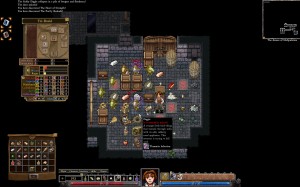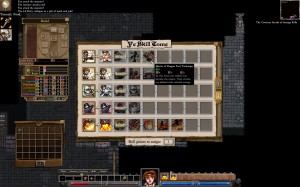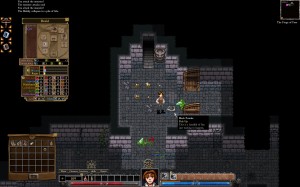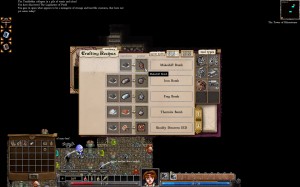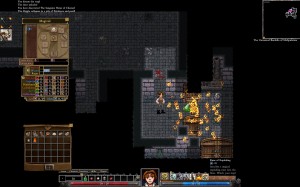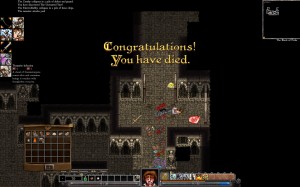As the last Gaslamp team member to complete his initial weblog, it falls upon me to introduce myself. My name is Nicholas Vining, and I’m the CTO-type person at Gaslamp Games. (Technically, we get to invent our own titles, but my real title of “Code Swami” may not be sufficiently dignified for such an important thing as Gaslamp Blogging.) I’ve been working in the video game business for ten years, ever since I took my first job working as a programming intern at the age of sixteen at Loki Software, Inc., helping to port games to Linux. Since then I’ve worked on all sorts of things, many of which I’ve been proud of and many of which I haven’t been. I’ve worked on everything from the OS X port of Unreal Tournament III, to several games by the notorious Derek Smart, to the game that was so bad that it inspired the Penny Arcade guys to introduce the Fruit F***er 2000 into their pantheon of characters. (That last thing remains a personal career milestone.) I have an article in Game Developer magazine this April that touches on some of the things that we have done at Gaslamp Games with Erlang and other multi-threaded work, and I have a book on OpenGL coming out… well, soonish. Basically, I’ve been around a bit.
And, in some ways, this whole Gaslamp Games thing? It’s all my fault.
I started this company back in the summer of 2008. Rich with funds from some contract work, I decided that the time was right to go out and start my very own game company. “Why not?” I asked myself. “After all, if all these other indie people can do it… I can!” I puzzled out a basic idea for a game that would work, gathered up a motley crue of individuals, and threw everybody into the basement of my father’s house complete with a collection of government issue surplus furniture. Suffice it to say, Dungeons of Dredmor is NOT that game, and of the original four people on that team, only Citizen Daniel survived the process. We regrouped, brought David on when our original art team went a little nuts, and proceeded to try and make Dungeons of Dredmor work, thinking that it would be easier than developing a new game from scratch. This much has been true – but it’s still been about a year and a bit since then, and we are now only approaching beta. Game development is always harder than we think. We have a new strategy to try and make this process next miserable for our next game, but it remains to be seen if it will work. Maybe some day we’ll finish that other game that we started making, but that won’t be for awhile.
Another unsolicited confession: we stole the blogging idea directly from the Wolfire guys. Hi, Wolfire guys.
So what am I going to write about? Technology, mainly, and my thoughts on game development. I’ve been around enough to … well, let us say, to form opinions, and it gives me great pleasure to force other people to read them. Today, though, I feel lazy and think it might be worth showing you a little programmer art. There is no point in having an artist spending valuable time trying to make art for your game until you’ve had a go at doing it yourself; otherwise, your time and his time ends up wasted. You don’t know what you need, and he doesn’t know if he can get his content into the game or not. Everybody loses. Here, then, is a very preliminary version of Dungeons of Dredmor, from a screenshot taken circa… the tenth of January, 2005. Yes, I’ve been working on this for over five years now. This is why game development is tough.

As you can see, the game used to look a lot different. That’s my little hero sprite there. Back in the day, I was planning to have fixed character classes (including Pirates!) for Dredmor, similar to how Nethack supports various classes; the hero was intended to be paperdolled with correct art after I decided what the classes were and did all the animations for the base character. That idea was quickly discarded. The little monster flying around is a Prinny from Disgaea; I’m sort of sorry that he didn’t make it into the game, but if we left him in NIS America would probably sue the pants off of us. It’s a tough world we live in.
I think that’s all for now. As I’m the only one who has an authoritative archival collection of screenshots from Dredmor, I think I get to make some lazy posts discussing how the game got the point where it got to, before the team got ahold of it and helped me finish it. Until next time, sports fans!


